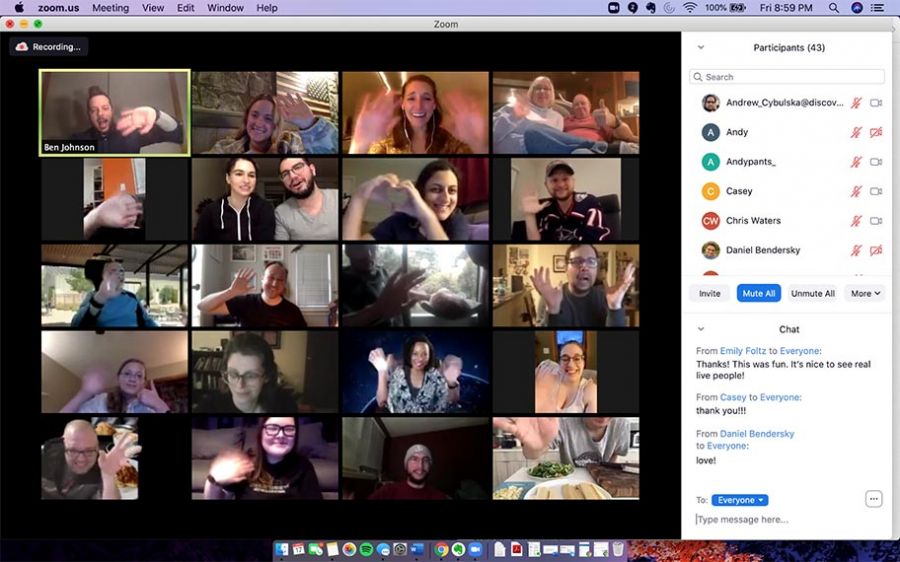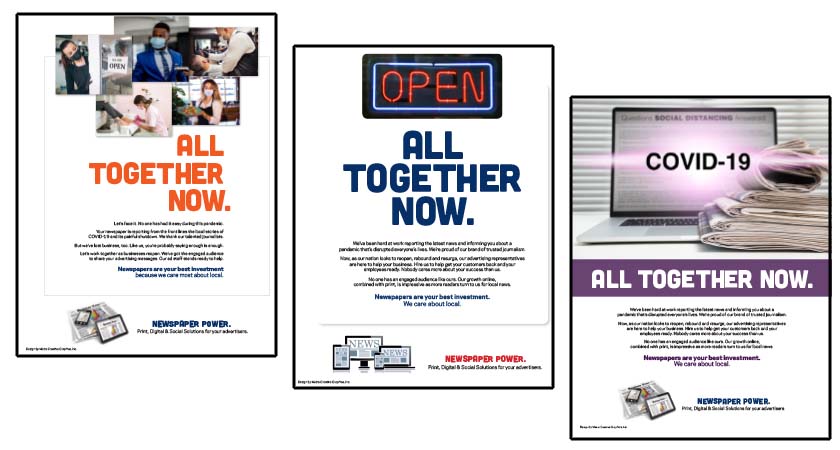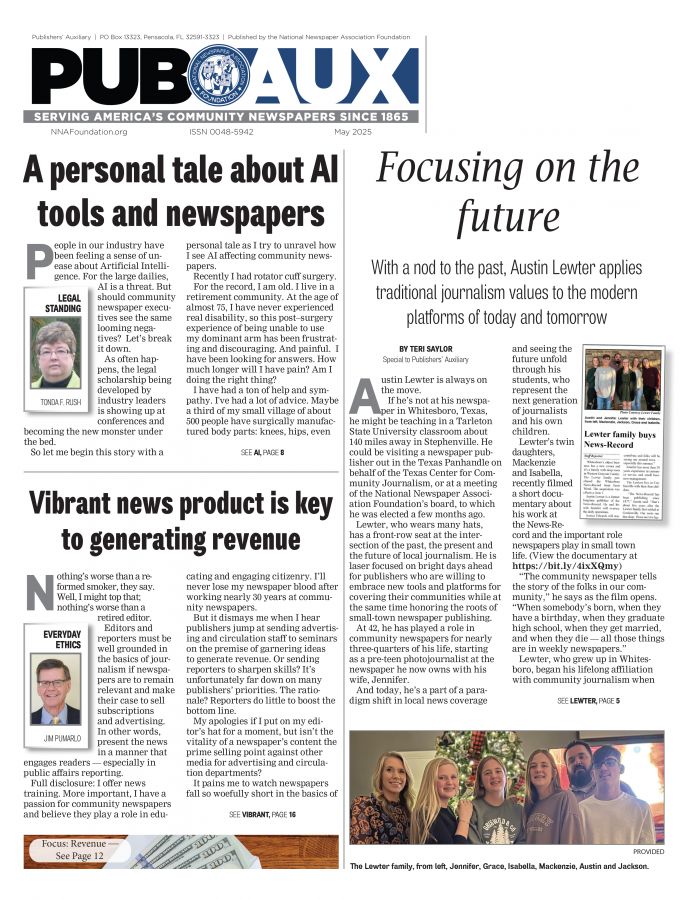Are you reading your own websites?
Jim Pumarlo
May 1, 2020

Digital platforms go a long way toward leveling the playing field among daily and nondaily newspapers. Even the smallest of newsrooms can compete with their larger counterparts by posting news as it happens, and then directing readers to print editions for more complete reports.
The value of immediate and continuing reports has escalated during the coronavirus pandemic. Your stories are critical to keeping readers abreast of information valuable to navigating this crisis.
One principle remains, however, whether posting news on print or digital platforms, whether reporting in ordinary or extraordinary times: Reports must be timely and relevant.
It is more important than ever to keep websites up to date as newspapers are reducing the frequency of, or eliminating altogether, their print editions as part of cost-cutting measures.
Editors can readily identify those stories that stand out in the daily churn and warrant additional exposure. I remember reprinting an editorial that struck a chord when first published. It was reprinted to stir the waters again when similar circumstances resurfaced. But would you run the same editorial on consecutive days, weeks, even months?
Here’s one sampling from a regular scan of newspaper websites that should make any editor groan:
- The top headline under “trending news” reports a foot of fresh snowfall. Weather is always on people’s minds. The story, unfortunately, was a month old, and readers were looking outside at green grass.
- An editorial page displays the newspaper’s election endorsements. I applaud editorial endorsements; I regard them as an exercise of a newspaper’s highest responsibility. The editorials, however, were advancing recommendations for the November 2018 elections.
- A newspaper’s home page is dominated with photos of the 20-plus candidates originally vying for the Democratic presidential nomination. They remained there for at least three months and were not removed until nearly a week after the race was narrowed to Joe Biden and Bernie Sanders.
- A home page carries breaking news of a professional sports team being bounced from the playoffs. The headline was posted Monday; the playoff loss was Saturday.
- An editorial encourages the community to support the school referendum. It remained the lead editorial three months after the fact.
Digital platforms admittedly can be a blessing and a curse. They present the opportunity to be timely and compete in the 24/7 news cycle. They also challenge staffs to keep content fresh.
At minimum, newsrooms should establish a process and assign responsibilities for posting local news on a regular basis. Identify those items that are collected each day. It sends a poor message to readers and advertisers if the top headlines remain static for a week.
Other sections are more challenging. For example, content for the editorial and business pages is not as easily generated on an everyday basis. Readers also might not have the same expectations for seeing a new headline each day. For these sections and others, brainstorm additional content that does not necessarily have to be produced by staff.
FOR EXAMPLE
Editorial page: Most editors receive a steady stream of submissions from a variety of trade associations, think tanks, advocacy organization, lawmakers and other policymakers. There’s a good bet a lot of this never sees your printed edition. Is your website a fit? Pay particular attention to contrary viewpoints on the same issue, and publish them side-by-side as a point/counterpoint.
Business page: Here’s an idea to produce fresh content and generate some revenue. Offer businesses a profile — a photo/text package and/or a self-produced video — as part of an advertising package. They’re a great read to rotate on the site.
Lifestyle pages: Local residents will likely welcome the opportunity to contribute articles on topics ranging from cooking and gardening to book and movie reviews to a host of other subjects.
That’s a start. Brainstorm content within your newspaper family; seek opinions from employees in all departments that likely represent a cross-section of your community. Solicit ideas from readers as well, but make it clear that the final decisions rest with the newspaper.
Community newspapers proudly promote themselves as the “go to” source for professional journalism and trustworthy advertising. It’s a great message that should be repeated often — and then delivered in convincing fashion — to readers and advertisers in today’s challenging and fractured media landscape.
Promoting your brand rings hollow without following through in daily practice.
Jim Pumarlo writes, speaks and provides training on community newsroom success strategies. He is author of “Journalism Primer: A Guide to Community News Coverage,” “Votes and Quotes: A Guide to Outstanding Election Coverage” and “Bad News and Good Judgment: A Guide to Reporting on Sensitive Issues in Small-Town Newspapers.” He can be reached at www.pumarlo.com and welcomes comments and questions at jim@pumarlo.com.










